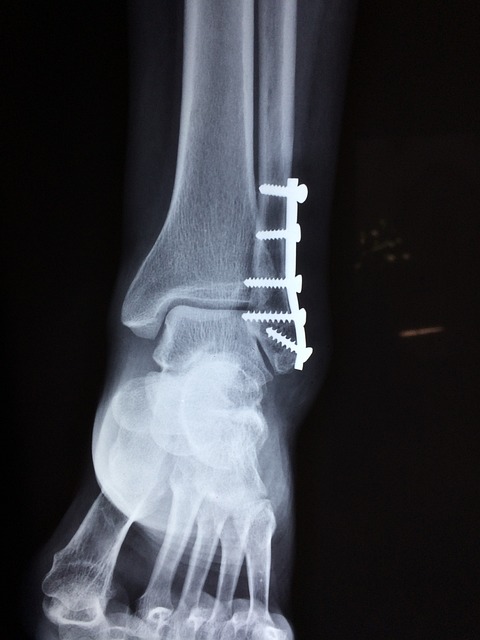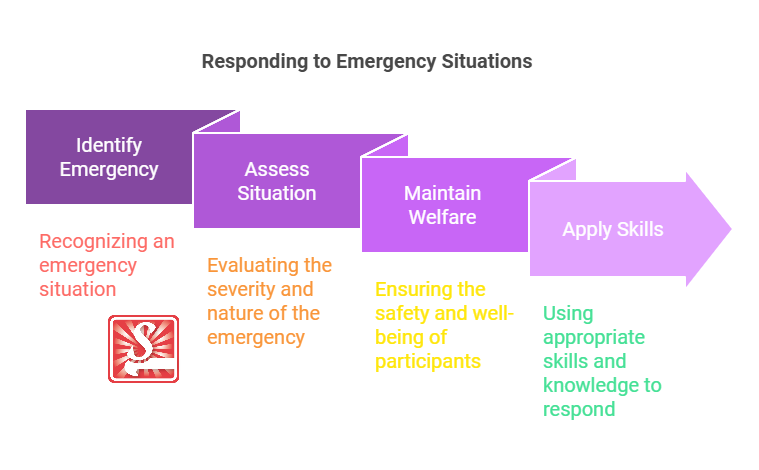Communication Protocols when Responding to Emergency Situations
Posted by SkillMaker in Dec, 2024
What is a concise description of communication protocols when responding to emergency situations?

Communication protocols when responding to emergency situations are structured guidelines and procedures that ensure clear, efficient, and timely exchange of information among responders, stakeholders, and affected individuals. These protocols typically include predefined chains of command, communication hierarchies, information-sharing procedures, and the use of specific, clear, and concise language to minimise confusion and improve decision-making during emergencies.
Why do people in enterprises need communication protocols when responding to emergency situations?
Enterprises need communication protocols in emergencies to streamline response efforts, enhance coordination among various teams, and ensure that accurate information is disseminated quickly. Effective communication reduces the likelihood of misunderstandings, thus preventing errors and potential harm during critical situations. It also contributes to a comprehensive response plan that assures stakeholders and staff of the enterprise’s preparedness and capability in managing emergencies.
“Effective communication during emergencies is paramount; it ensures clarity, reduces risk, and enhances coordinated efforts for resolution and safety.”
What are the key components or elements of communication protocols when responding to emergency situations?
Key components of communication protocols during emergencies include:
- Command Structure: Clear roles and responsibilities for decision-making.
- Standard Communication Channels: Predefined methods for information exchange (e.g., radios, emails, alerts).
- Message Clarity: Avoiding jargon and using simple language for comprehension.
- Information Dissemination: Timely and accurate relay of information to all relevant parties.
- Feedback Mechanism: Ensuring a process for receiving and acting on incoming information.
What key terms, with descriptions, relate to communication protocols in emergency situations?

Registered Trademark®
- Incident Command System (ICS): A standardized approach to the command, control, and coordination of emergency response.
- Communication Plan: A document outlining the concerted communication efforts during emergencies.
- Chain of Command: The order in which authority and power are delegated during emergencies.
- Information Security: Ensuring that sensitive data is protected and shared responsibly.
- Public Information Officer (PIO): An individual responsible for disseminating public information during emergencies.
Who is typically engaged with operating or implementing communication protocols in emergency situations?
Security personnel, emergency response coordinators, communication officers, and team leaders are typically responsible for implementing communication protocols during emergencies. Collaboration among these roles ensures an effective response, with each responsible for specific tasks to support overall crisis management.
How do communication protocols in emergency situations align or integrate with other components of Sport and Recreation?

Communication protocols integrate with overall risk management strategies, emergency preparedness plans, and staff training programs within the Sport and Recreation sector. Ensuring all communication is coordinated allows for seamless implementation of safety plans, evacuation procedures, and continuity of operations during emergencies, thereby safeguarding participants and staff.
Where can the student go to find out more information about communication protocols in emergency situations?
What job roles would be knowledgeable about communication protocols in emergency situations?
Roles that typically understand communication protocols include:
- Emergency Response Coordinators
- Safety Managers
- First Responders
- Public Information Officers
- Security Team Leaders
What are communication protocols in emergency situations like in relation to sports, family, or schools?

In sports, communication protocols are similar to a team adhering to a playbook—a predefined strategy that ensures every player knows their role and responsibilities. Within a family, it mirrors the use of family emergency plans, ensuring everyone knows how to respond to crises. At schools, it’s akin to emergency drills where students and staff practice coordinated efforts to ensure everyone’s safety.
(The first edition of this post was generated by AI to provide affordable education and insights to a learner-hungry world. The author will edit, endorse, and update it with additional rich learning content.)


 Post Tagged with
Post Tagged with